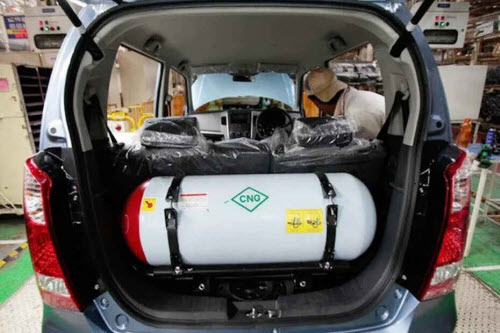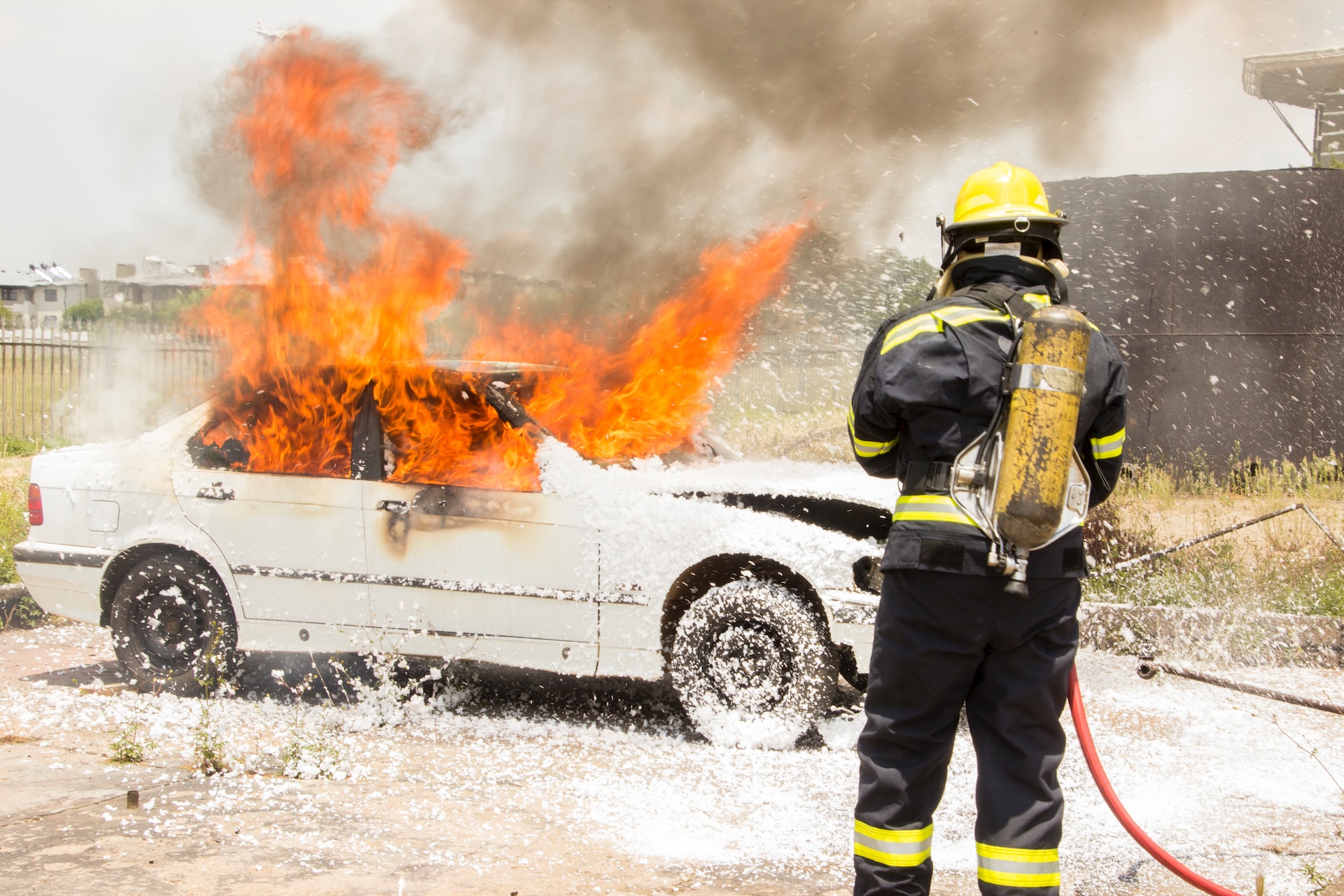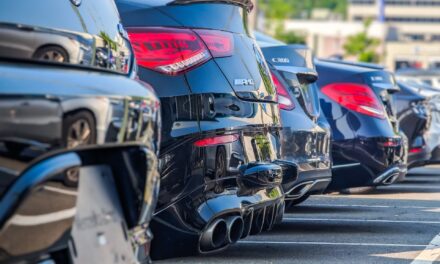There are many such accidents which can lead to catastrophic disasters and here we will discuss some of those and how those can be prevented.
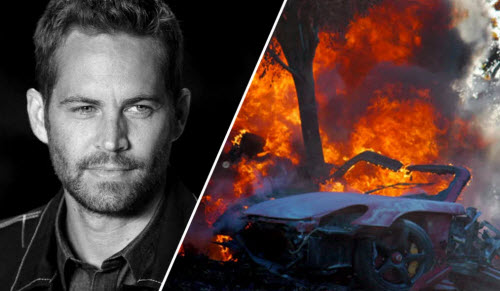
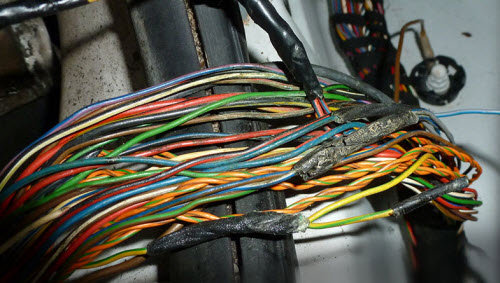
1. Electrical Issues
Faulty wiring, short circuits, or electrical malfunctions can lead to fires in cars. Inadequate maintenance, low-quality electrical components, or improper modifications can increase the risk of electrical problems and subsequent fires. The best way to prevent the same is to get the same diagnosed every 5 years of life span of the vehicle by professionals especially at those areas which are near by engine and doors as they have maximum movements.
2. Overheating
Inadequate cooling systems, such as malfunctioning radiators or cooling fans, can cause engines to overheat. If the engine overheats significantly, it can result in oil or coolant leaks, which may ignite and lead to a fire. The best way to prevent the same is to check the coolant levels (not just limited to coolant but all fluids) at every 5000 KMs and top-up to appropraite level, if required.


3. Fuel-related Problems
Fuel leaks or fuel system malfunctions can be a potential cause of car fires. A leak in the fuel line, fuel tank, or faulty fuel injectors can allow fuel to come into contact with hot engine components or sparks, resulting in a fire. The best way to prevent the same is to get the same diagnosed by professionals on every service interval and if any fault found, get the same fixed or replaced by the genuine part only.
4. Improper Maintenance
Neglecting regular maintenance, such as not replacing worn-out parts, ignoring fluid leaks, or failing to address mechanical issues, can increase the risk of car fires. Lack of maintenance can contribute to the accumulation of flammable substances or the failure of critical components, leading to fires. The best way to prevent the same is to get the complete car diagnosed by professionals at every service intervals and if anything unusual found, should be fixed immediately.

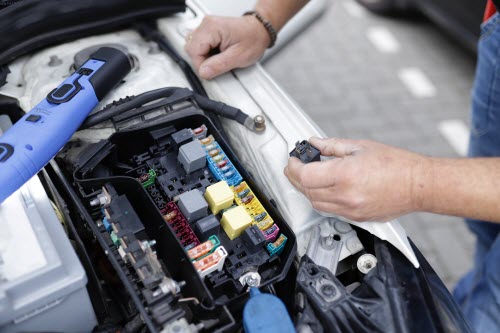
5. Poor Quality Parts
The use of low-quality or counterfeit automotive parts, including batteries, wiring harnesses, fuel system components, and cheap infotainment systems can increase the risk of fires. Inferior quality materials may not withstand the demands of regular use, leading to failures and potential fires. In India, there is saying that “Buy a base variant and get the same modified from after aftermarket” which will initially save in lakhs but the improper wiring and the installed components quality sometimes too ignite these fires. Just like our human body has its main nervous system, similarly a vehicle’s wiring is nothing but its central nervous system and if the same get compromised, it will eventually ignite the fire.
6. CNG Kits
To save some bucks, people buy the lower/cheaper variants of the cars and then get the CNG kits installed from aftermarket without realizing that the CNG kits they are installing is it even compatible with the engine or not. There are certain demerits like Warranty Concerns, Safety Risks, Performance Issues, Reliability & Durability, Compatibility Challenges, Legal and Regulatory Compliance and Resale value impact. It’s important to note that these demerits can vary depending on the specific aftermarket CNG kit, the vehicle, and the installation process. It is recommended to thoroughly research and consult with professionals before proceeding with an aftermarket CNG conversion or buy the right variant from the manufacturers, although it might be a load on pocket but again safety is the first priority.
